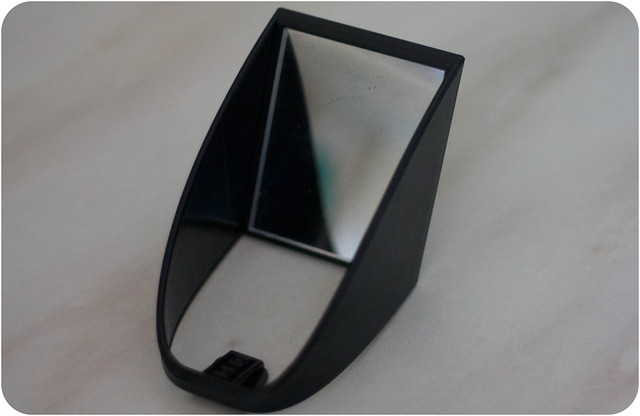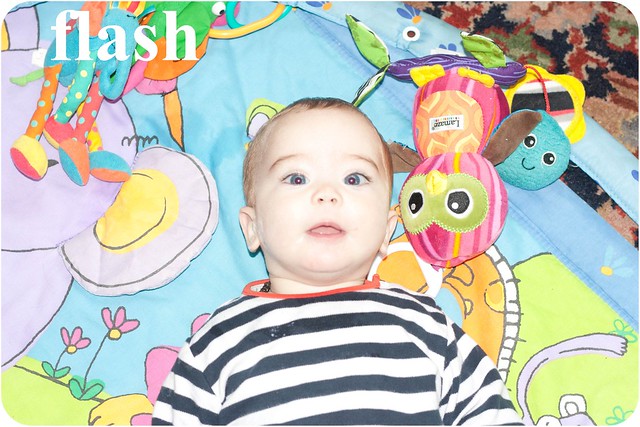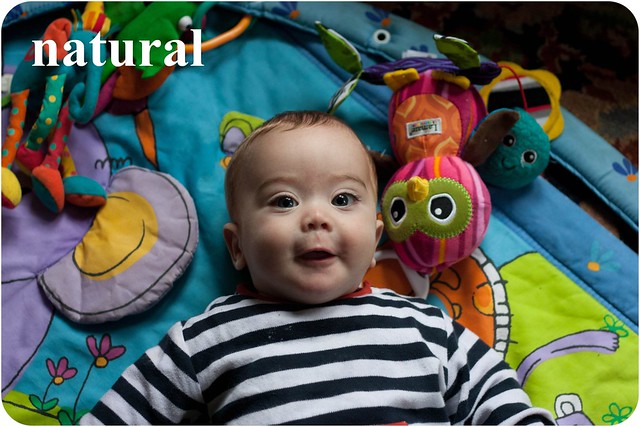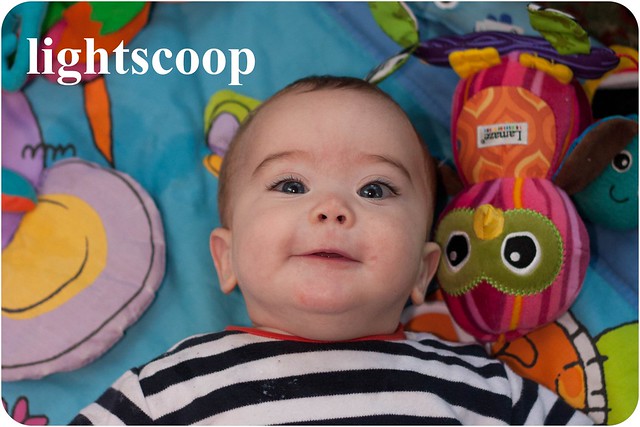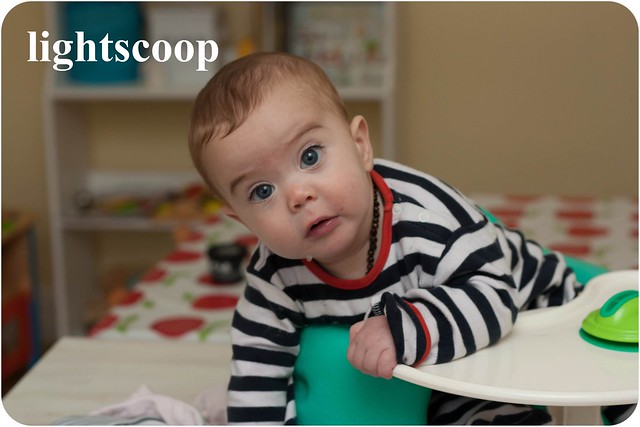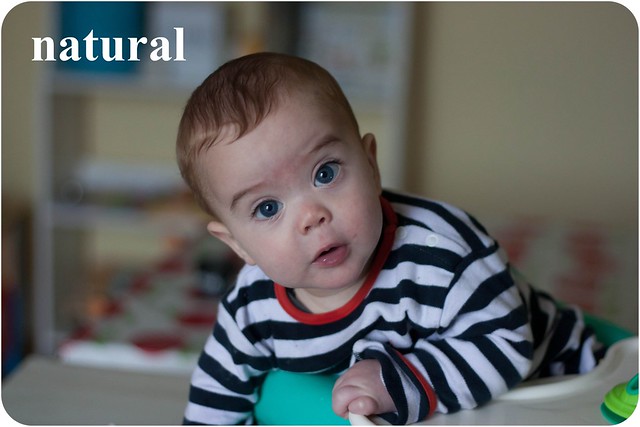A New Toy
The venue for my mother's wedding was dark. As I shoot with what is essentially an entry-level DSLR, low light situations are difficult to get clear images without a ton of noise. A flash was needed, but pictures with flashes tend to be wiped out and red-eyed messes. So a bit of imporvisation was required and I ended up sticking a train ticket infront of my flash, I'm nothing if not resourceful.
Living where I do, I have to deal with low-light photography 98% of the time, but I often end up with very grainy photos. While these aren't necessarily a problem on the blog, it can be a real pain when I try and get them printed. As I tried to edit the pictures from the wedding, I sought some help online and I stumbled upon a nifty little gadget that seems to bridge a gap until I can afford a speedlite (or a camera that handles low light situations better). Enter Dr Kobre's Lightscoop.
Its essentially a piece of plastic with a mirror on it. It cost £15 from amazon.com and is an interesting piece of kit. It fits over the pop up flash of a DSLR camera and bounces the flash up and out so that you don't get the over-exposed washed out photos a flash gives:
Or the graininess of dark photos:
But rather, an evenly lit shot:
It comes out a bit yellow for my liking, but you can always adjust the tint in almost any free photo editing software. It does, however let you take pictures in lower light at lower ISOs reducing the noise
(notice the dribble on Kev's head in the last one. Nice)
Here are some other comparison shots:
For the natural light shots in this post, I had to bump the iso all the way up to 1600 to let in enough light. If I were to try and lighten them much or get them printed much bigger than the 640 pixel width I use for the blog, you would see a fair bit of grain in the shadows, even with editing them in Lightroom. When I look back at the lightscoop pictures, they seem a bit soft and slightly out of focus, but I am not sure if that is the scoop or the settings...they were all at iso 400 - f4.0 - 1/60sec, as I found the recommended settings far too bright.
I guess my verdict is that natural is best, but until I can afford an external fash or move to somewhere that doesn't rain 360 days a year, its nice not to have an alternative when it gets too dark.
-----
I ordered my Lightscoop through Amazon.com. However, the lightscoop link above does send to the UK.

